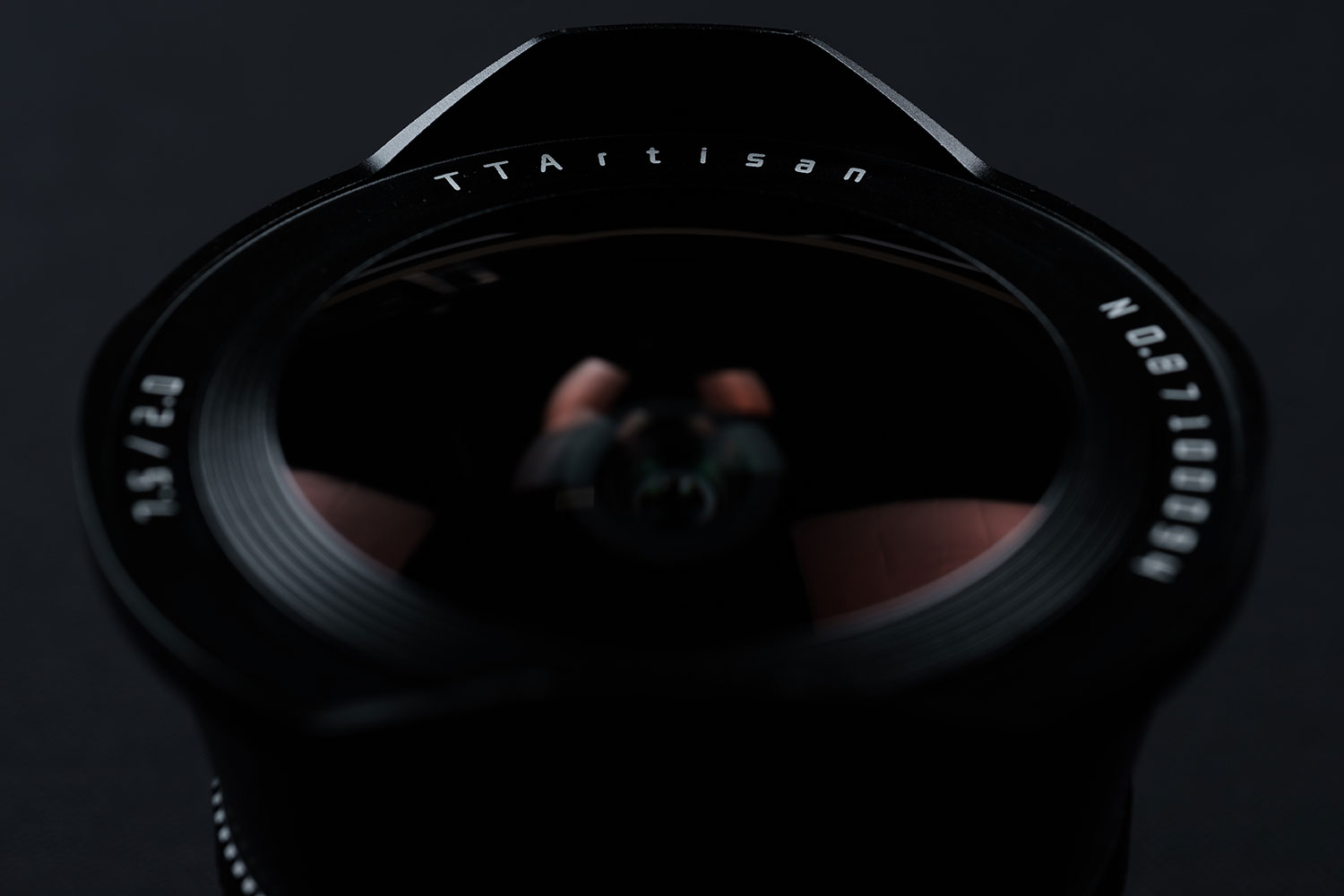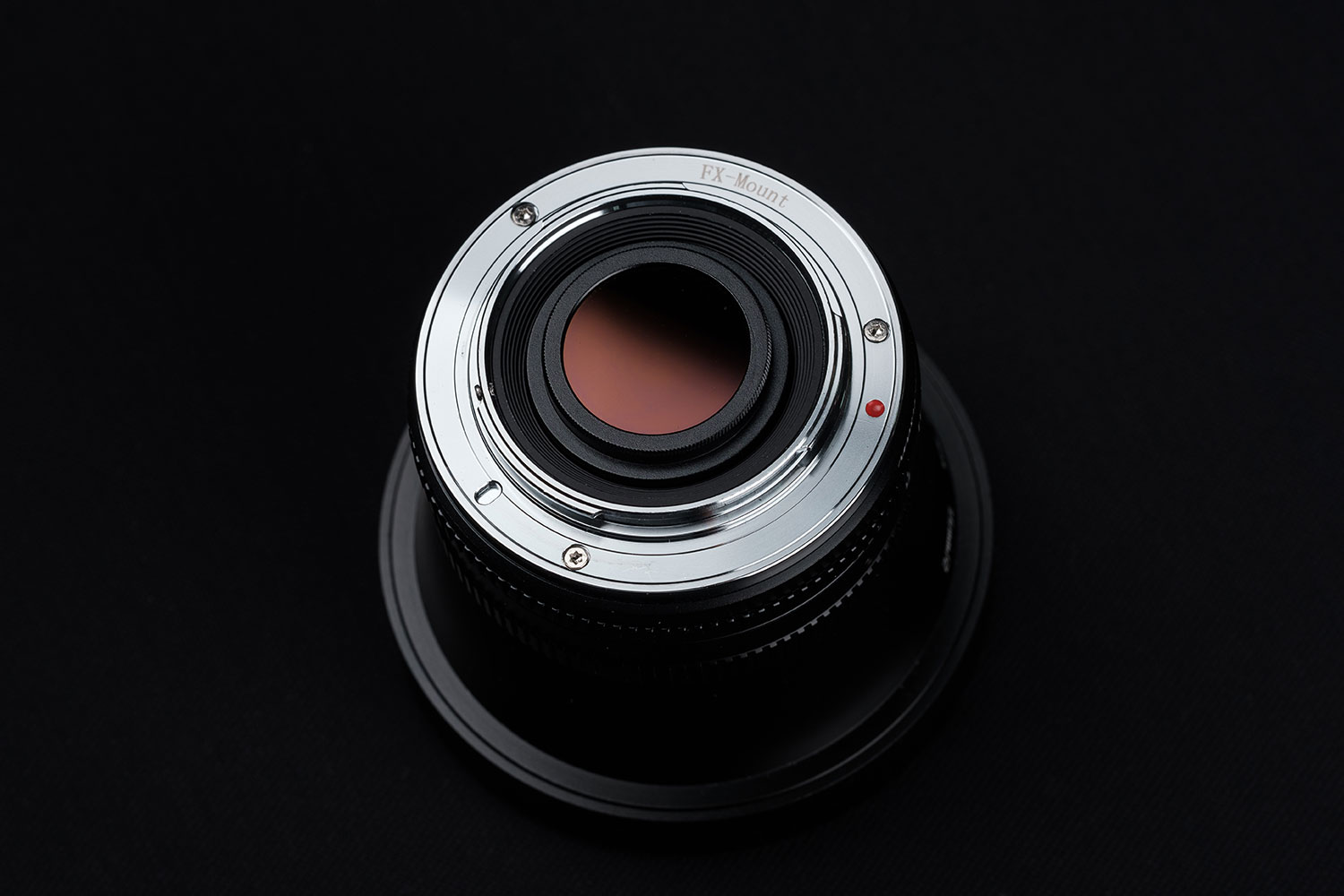Viewing my world with the TTArtisan 7.5mm F2
First and foremost, I would like to thank TTArtisan for inviting me to review this lens, and it is my privilege to do so. Nevertheless, you can rest assured that this review will not be biased and it is purely in my own opinion.
Disclaimer:
1. All pictures shown here were shot by me.
2. Some of the shots are slightly edited in Lightroom Classic to my preferences. Otherwise, they are straight out of the camera.
3. The opinions are based on my experience. If there is any mistake, please kindly drop me a message, and I will gladly make the amendment.
4. I reserve ownership of these images. If you wish to use my images, please notify me.
Introduction
TTArtisan was established in 2019. Despite being a young company, TTArtisan has launched its 4th APS-C lens and they show no sign of slowing down. While preparing this lens review, they have just released their 5th lens, a 40mm F2.8 macro lens. What’s more? They are also planning to launch an auto-focus lens for Fujifilm!
TTArtisan is definitely expanding aggressively and also giving the Fujifilm community more lens options to choose from. Back to this lens, there are two “first” for this 7.5mm lens. The first ultra-wide creativity lens for the company and also the first F2 fisheye lens in the market.
At 7.5mm, it is an 11.25mm (35mm equivalent focal length) which also gives a 180° angle of view. This is a really wide perspective. To some people, it is not an everyday lens, but I will be going to give it a try and use it as my everyday lens.
Build Quality
Like all the other TTArtisan lenses, the build quality is awesomely solid. The same sturdy built that never disappoints me. The aperture ring has a gentle and comfortable clicky feedback when you rotate it. The rotation of the manual focus ring from one end to the other is 180°, but the process of rotating is a pleasure. Like many other fisheye lenses, it comes with a built-in metal lens hood. And not forgetting that it comes with a metal bayonet too.
That said, this lens comes with a “cost”, which is the weight. It weighs 385 grams with the lens cap and 355 grams without it. If you have the Fuji 16mm F1.4 or the 18mm F1.4, that is the weight thereabout. When you hold this lens in your hands, you will know that you are holding a premium quality lens. By the way, like many other manual lenses, this lens is not weather resistant.
Image Quality
At F2, the center of the photo is really good and usable. The contrast, sharpness and details are impressive. However, the corners of the photo can be soft, but this is acceptable for a USD150 manual lens. Shooting at F5.6 will improve the sharpness and contrast. Surprisingly, this lens gives good chromatic aberration control. Only mild chromatic aberration is observed in my day-to-day experience. You might not even notice it unless doing pixel-peeping.
This lens comes with 7 diaphragm blades which also means that the bokeh renders normally. It is not the best bokehlicious result you can find in the market. But hey, this lens is not focusing on bokeh. On the other hand, it is capable of creating a nice sunburst effect.
Innovative Gestures
There are two things that I think TTArtisan does right for this lens, and they are just a sweet touch to provide a better user experience for the photographers.
The first is the lens cap. This lens cap is unique. You can remove the centre of the lens cap by unscrewing the top while the lens cap still covering the lens. This approach allows you to shoot like circular fisheyes results. I suppose those who love to have this effect will love this gesture.
The second is about the filter. We know that it is not possible to place any filter in front of the protruding front lens. Nevertheless, TTArtisan does provide a screw-in type ND1000 filter, and this ND filter will screw in from the bayonet. This is really thoughtful, especially for photographers who want to shoot landscapes with long exposures.
Minimum Focus Distance
It has a Minimum Focus Distance (MFD) of 0.125m, and I am impressed with the TTArtisan design team. Although it is not a true 1:1 macro kind of lens, it can shoot a subject really up close and allowing the photographers to use this capability upon their creativities (pardon me, I have close to zero creativity). For me, I love to photograph food, and this MFD really makes the perspective another level of viewing pleasure. But do note that with such a short MFD, you might even capture the shadow of the lens hood under certain lighting conditions.
Embracing the flare and halo
With such an ultrawide lens, it is easily prone to having lens flare and lens halo. Especially when you are pointing the camera towards the sun, you will receive it. I cannot say it is a bad or good thing to have the lens flare and lens halo effect. It is more towards individual preference. And in this case, I am accepting it and making it part of my photos.
RIGHT: Fuji X-T3 . TTArtisan 7.5mm F2 @11.25mm . f/5.6 . 1/400” . ISO 320 . Classic Chrome
RIGHT: Fuji X-T3 . TTArtisan 7.5mm F2 @11.25mm . f/5.6 . 1/105” . ISO 320 . Classic Chrome
Something to take note of
There are two small issues, but I feel that the readers should take note of and not panicking when observing them.
For the first issue, assuming you are shooting a landscape, usually, you will rotate the manual focus ring to infinity. However, the result is not sharp. But what you can do is to turn it back a little to get the right in-focus shot. For the copy of this lens I received, I feel that the best sharp result is achievable when I rotate the manual focus ring to between 0.5m to 1m.
I asked this question to TTArtisan, and they inform me that this might be due to the different focus peaks of the different cameras. I have also encountered this small issue with other manufacturers’ manual lenses too. So please do not panic. You can try to find the best result by exploring with the lens. My guess about why this could be a common issue is because when the manufacturers are manufacturing for various mounts and different mounts have different flange focus distances and thus having this issue.
For the second issue, it could be my problem. Whenever I equip the ND filter and shoot, I couldn’t get sharp images. I have tried it with all the focusing distances and am not able to find the sweet spot, as I mentioned earlier. If there is any reader out there who knows how should correct this issue, please let me know.
RIGHT: Fuji X-T3 . TTArtisan 7.5mm F2 @11.25mm . f/11 . 1/13” . ISO 160 . Classic Chrome . Without ND filter
Conclusion
After weeks of using this lens, it does impress me with its image and build quality. Using this lens on the street is a breeze and a fun experience to have. It makes the world looks more interesting through this fisheye lens.
I have tried other manufacturers’ manual lenses before, and nothing comes close in terms of the product’s image quality. Most manual lenses often have some level of softness and lack of sharpness in the photos using them wide open. Usually, I have to step down to at least 2 stops to have my preferred sharpness. But for this lens, I can use it wide open without any worry.
RIGHT: Fuji X-T3 . TTArtisan 7.5mm F2 @11.25mm . f/4 . 1/3000” . ISO 200 . Classic Chrome
If you are a landscape photographer, astrophotography photographer, time-lapse photographer, or a photographer looking to do creative portraits and creative street shots, you may consider getting this lens as part of your arsenal. After all, it is not an expensive lens to try out.
Thank you for reading.

Alwin is a 37 years old engineer, husband and Fujifilm fanboy from Singapore. His first encounter with Fujifilm was the launch of the X10 in 2012. It was love at first sight. It was a joyful compact camera and it also introduced film simulations to him. But what brought him deep into Fujifilm was the X-T2 and the love grows further. He loves to experience and discover many genres.













































David
August 31, 2021 @ 7:00 pm
I like this lens and the fisheye effect can be corrected if you want to by using Samyang profile in LR CC
Alwin
September 4, 2021 @ 1:26 pm
Nice! I will give it a try!
Khürt L Williams
September 1, 2021 @ 1:29 am
Wow! No.
Shawn
August 23, 2023 @ 12:45 am
Thanks for this very thorough review! I just purchased this lens today and took a couple of test shots around my town. I came to a similar conclusion regarding the focus ring setting, I found it odd that infinity was the best when shooting landscape but your reasoning makes sense.